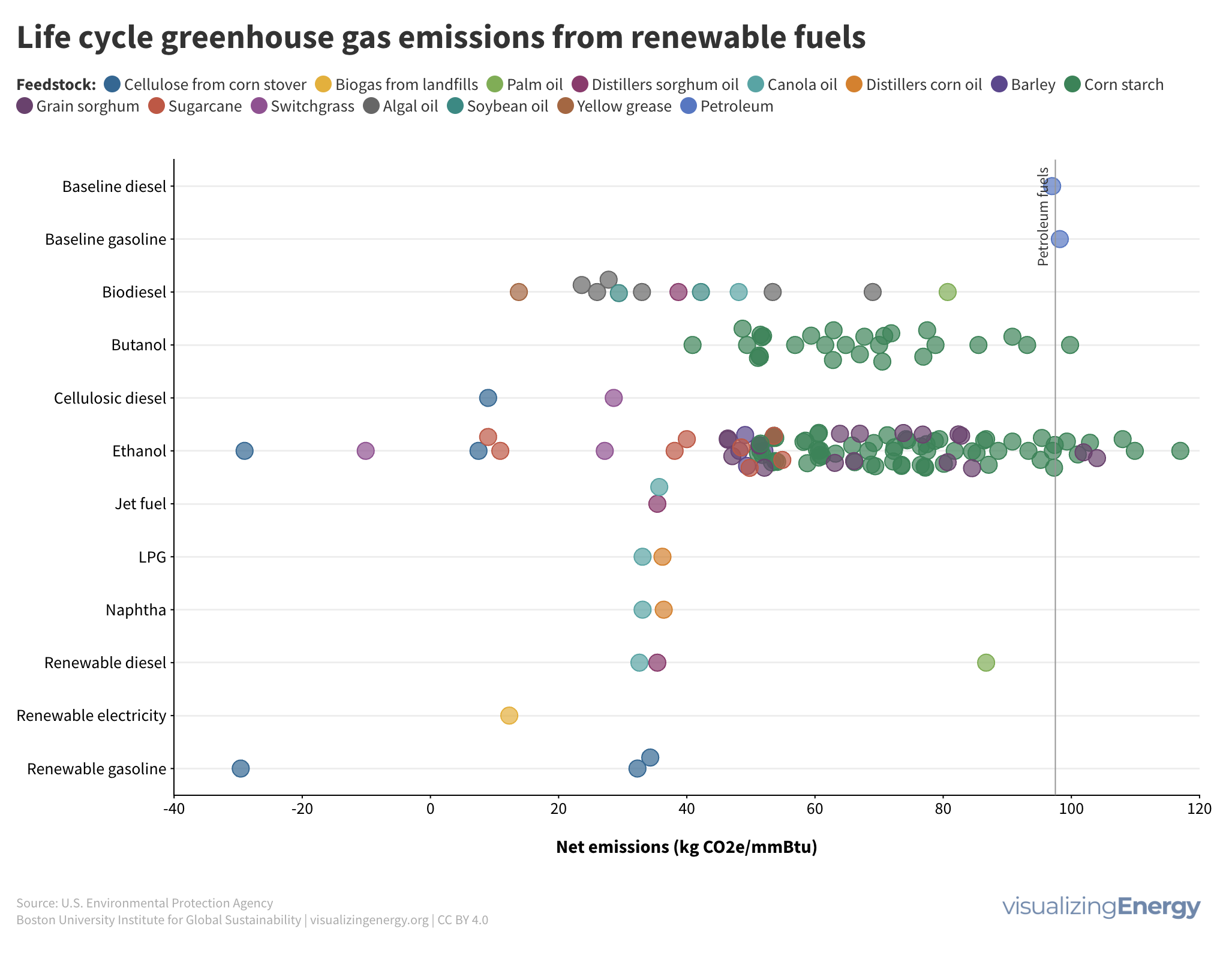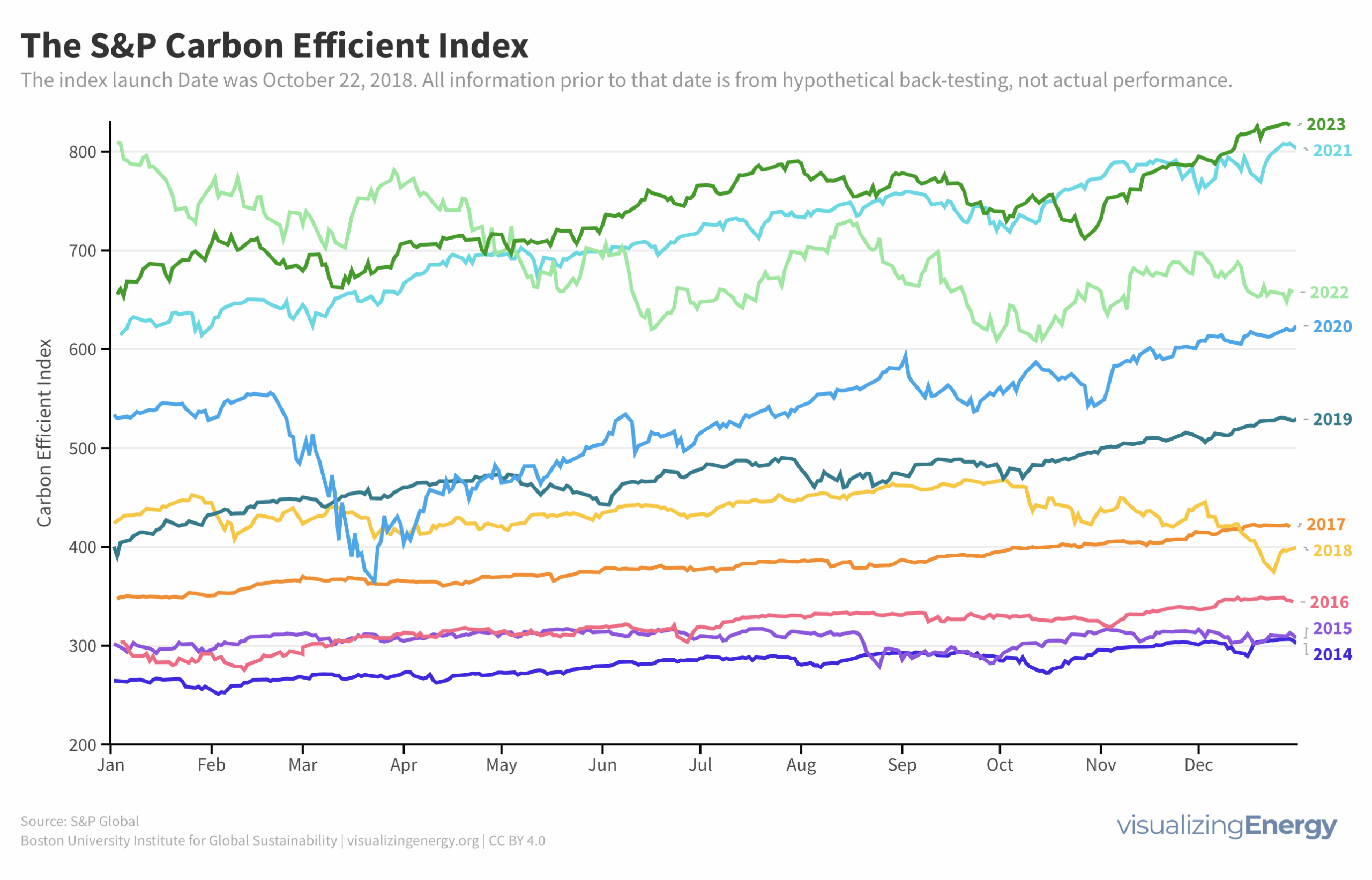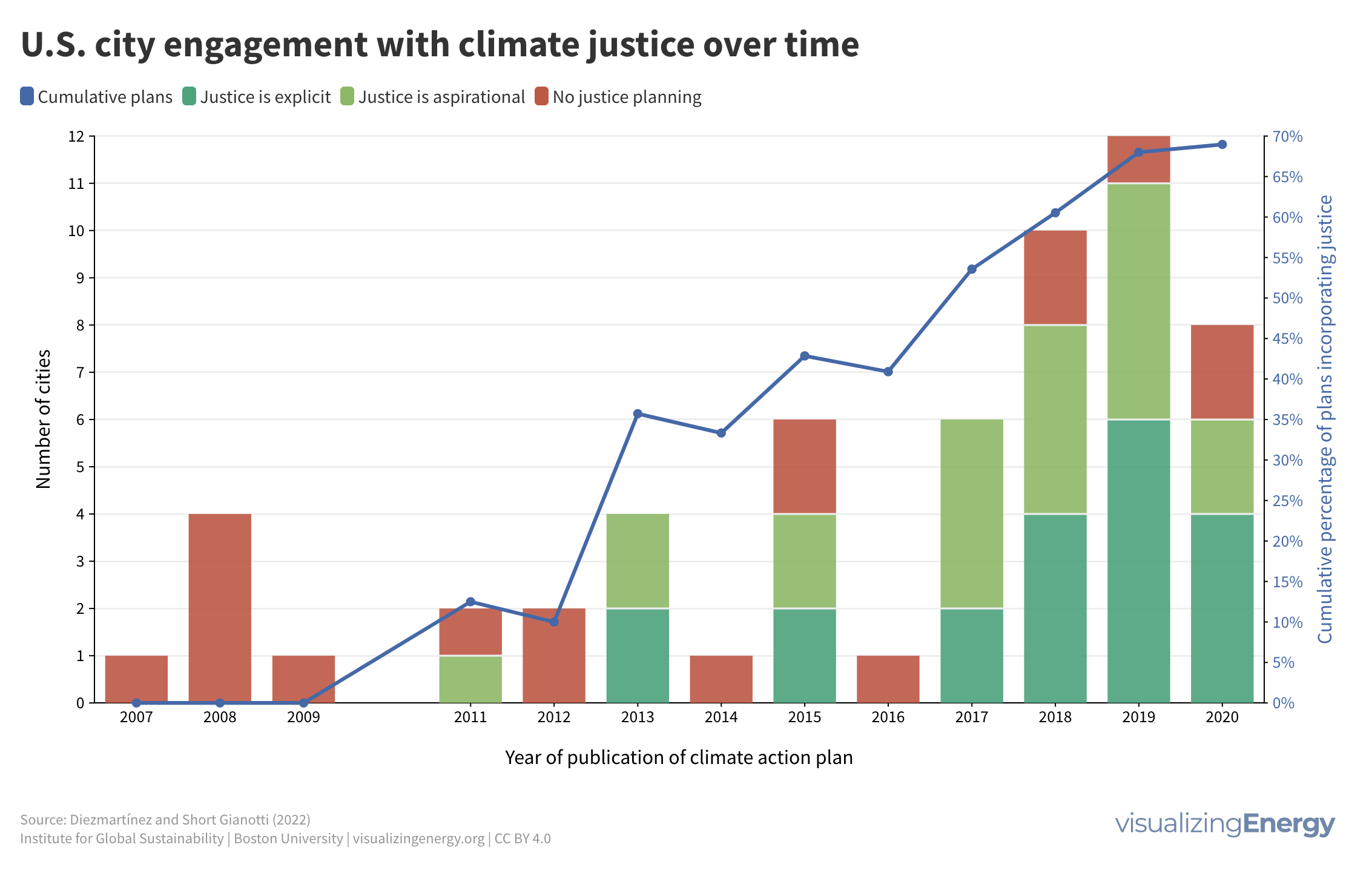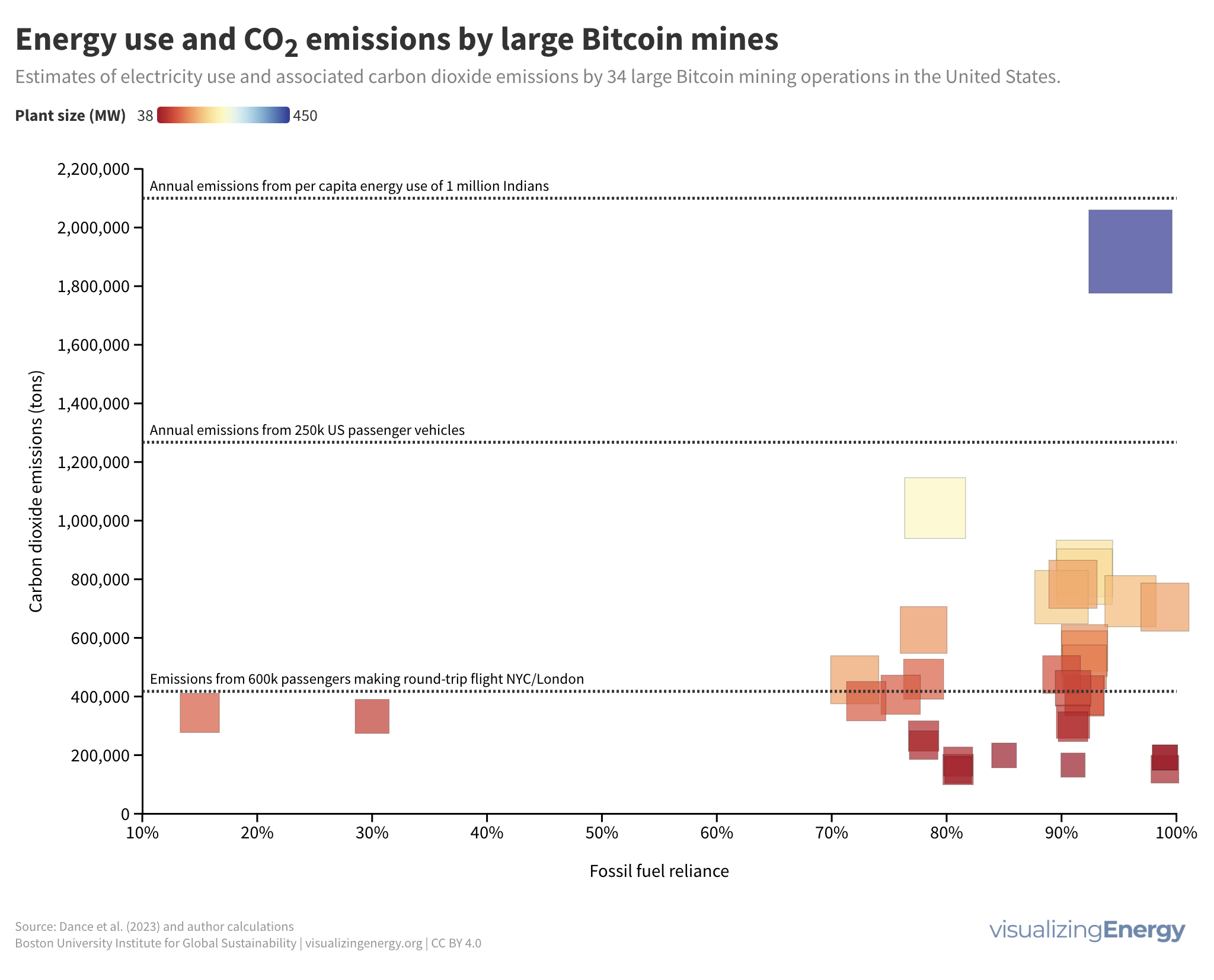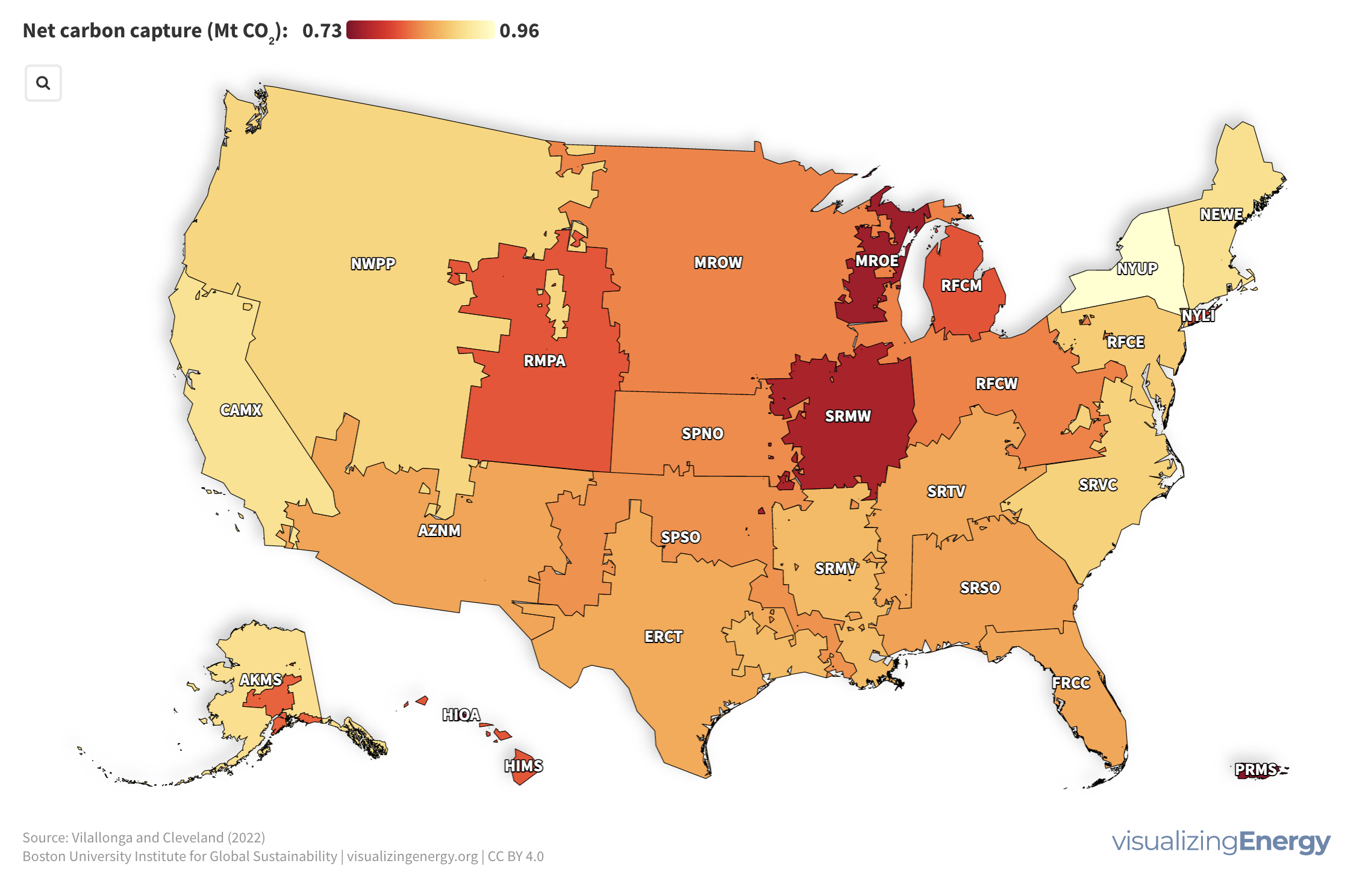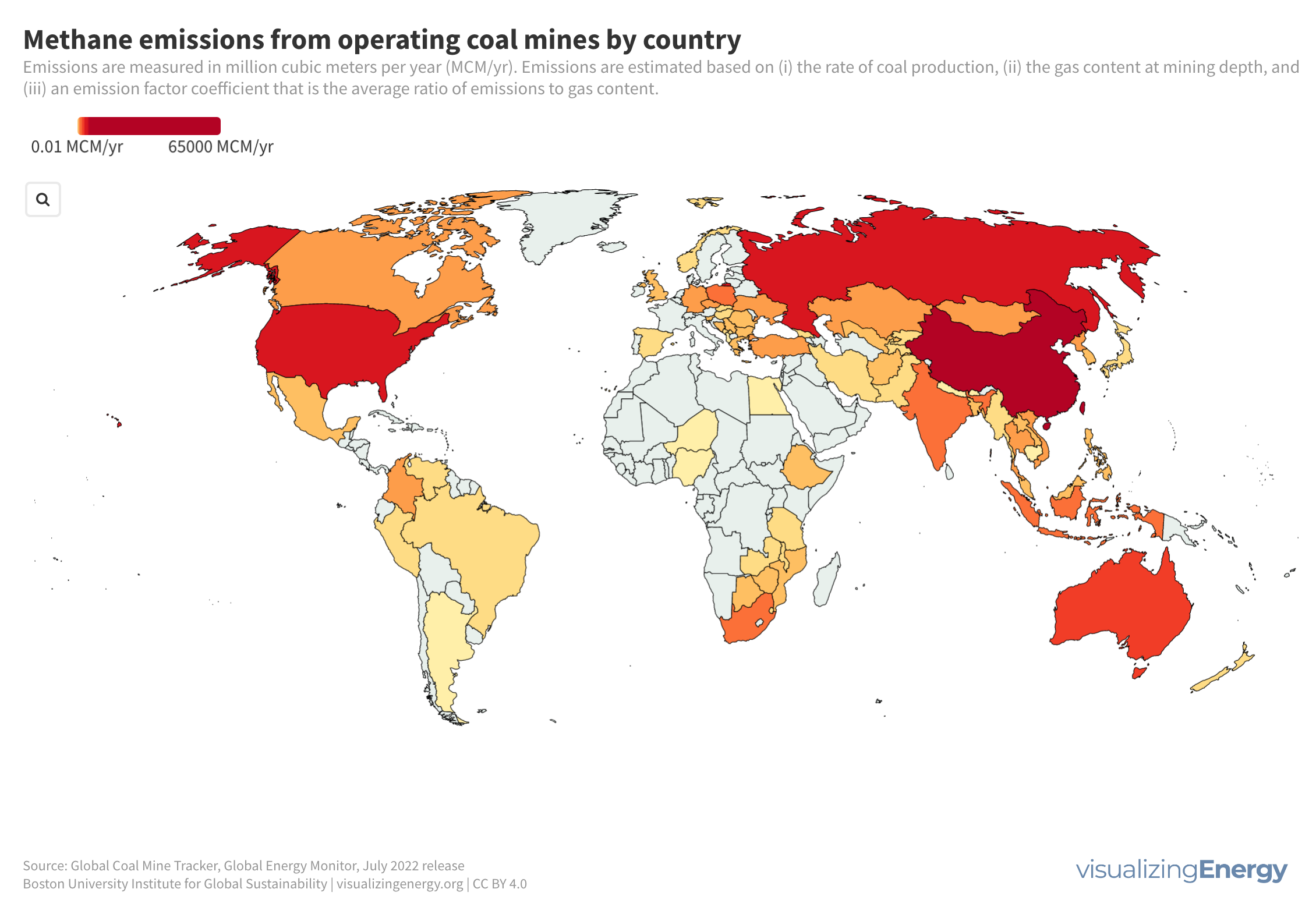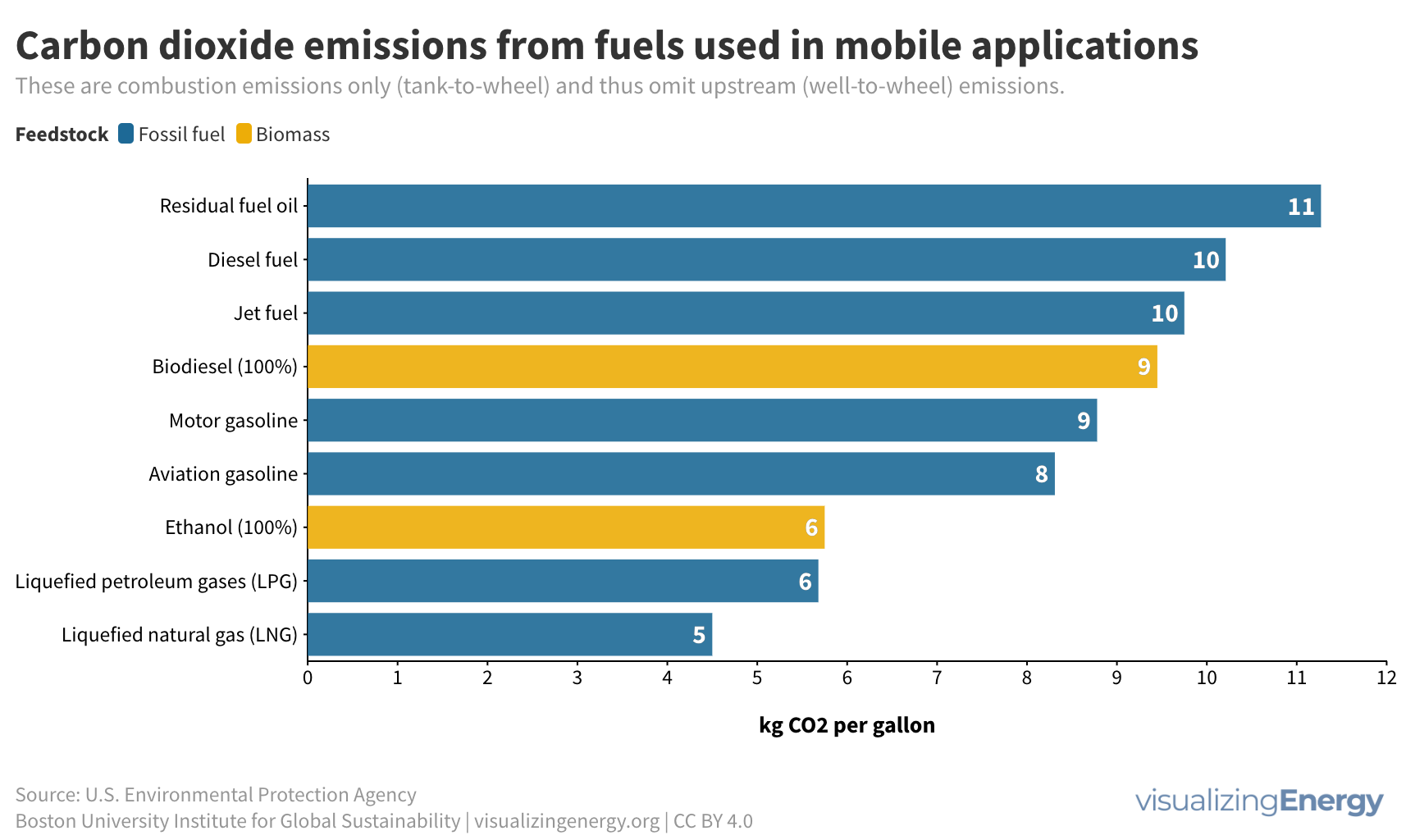
What fuels have the lowest CO2 emissions?
There are two main sources of greenhouse gas emissions: stationary (e.g., power plants, refineries) and mobile (e.g., cars, trucks). Transportation contributes 24% of energy-related CO2 emissions, with fossil fuels dominating. LNG in maritime transport shows potential for reduced CO2 emissions, but methane leakages must be addressed. Coal has the highest CO2 emissions factor among widely used fuels.

